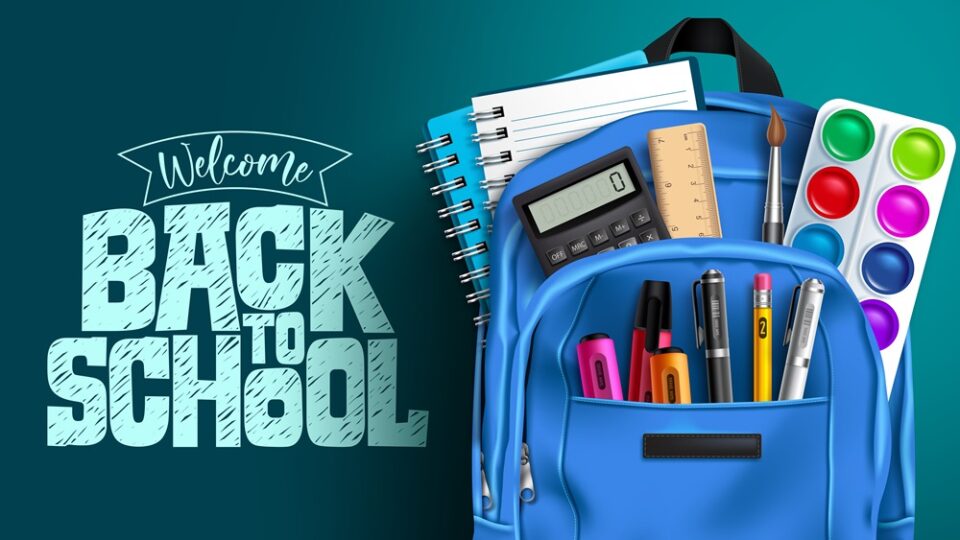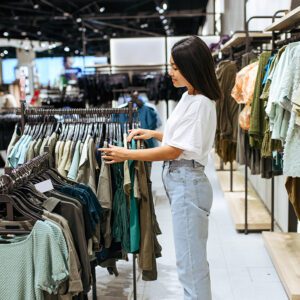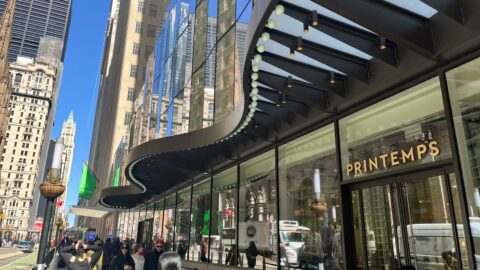Like the holiday shopping season, which has been steadily creeping back toward October (or even earlier), the back-to-school (BTS) season is stretching, and in both directions — starting earlier and ending later. Part of the explanation for the longer season is that consumers are searching for value, on the alert for promotions and, increasingly, willing to buy secondhand, both to save money and, hopefully, save the planet. A June 2025 Deloitte study indicated that 40% of consumers are showing signs of value-seeking, including more cost-conscious choices, deal-driven purchases and convenience sacrifices.
The threat of tariffs raising prices on key BTS items such as electronics has many shoppers making these big-ticket purchases well before school bells ring. And Amazon Prime Day, which was extended to a full four days alongside multiple competitors’ promotions, gave them plenty of opportunity to buy sooner rather than later.
Many didn’t even wait for the sales: According to the National Retail Federation (NRF)’s back-to-school survey, 67% of shoppers had already begun buying as of early July, and 51% of BTS families were shopping earlier this year specifically out of concern that tariffs will raise prices.
On the other end of the calendar, one in five parents delay BTS clothing purchases until the weather actually shifts, according to consumer data from The Weather Company, which also noted that weather is 2X as likely as social media to drive trial of new school-related products.
And no matter when these purchases take place, the students themselves are increasingly making, or at least influencing, what is bought. A survey by SuperAwesome, which specializes in solutions for safely engaging Gen Alpha and Gen Z, reported that 81% of U.S. parents say purchases are co-decided or led by their kids and teens. Many retailers realize how important it is to woo those that will actually be using the school supplies and wearing the clothes: American Eagle, for example, is leveraging shoppable “Snap Map” listings on youth-friendly Snapchat for the current BTS season.
Tension Between ‘Buy it Now!’ and ‘Wait and See’
Retailers, understandably, like the trend toward earlier purchases: not only does it put money in the till, it also leaves opportunities for additional sales as the season progresses. Additionally, if threatened tariffs and inflation force them to raise prices, retailers could see consumer demand decline even further.
“There’s definitely real tension between retailers wanting to pull demand earlier and consumers taking a measured approach to purchases,” said Rob Garf, SVP, Strategy and Insights at Cordial, a cross-channel marketing platform, in an interview with Retail TouchPoints. Quoting a recent consumer study conducted by Cordial, Garf added that “retailers are pushing for earlier seasonal timing, but 63% of consumers are likely to hold off on major purchases until tariff situations stabilize. With shoppers…becoming more cautious with spending, promotions must break through the wait-and-see mentality.”
The Deloitte 2025 Back-to-School Survey also reveals consumers waiting for the most opportune moment. This year, 61% of spending will occur by the end of July, and while that’s a large number, it’s down from 66% in 2024. More consumers are willing to switch brands if their preferred brand is too expensive this year, 75% versus 67% last year. Deloitte’s per-child spending forecast of $570 is flat year-over-year, with purchasers focused almost entirely on essentials.
NRF forecasts also reflect consumers’ value-seeking mindset. Families with students in elementary through high school are projected to spend an average of $858.07 on clothing, shoes, school supplies and electronics, down from $874.68 in 2024. However, even with families tightening their budgets, slightly more consumers are purchasing apparel and electronics, which is expected to increase total BTS spending from $38.8 billion last year to $39.4 billion in 2025.
Secondhand Loses its Stigma
Consumers buying secondhand products is a trend that goes beyond BTS, but it’s a welcome one for parents counting pennies — and may offer an opportunity for retailers in this sector.
“Secondhand goods definitely create a bright spot for consumers facing price pressures,” said Garf. “Secondhand options give consumers access to what they want without premium pricing, essentially creating a pressure relief valve when retailers have to raise prices. For consumers who might otherwise postpone purchases entirely, this removes previous barriers and keeps them actively shopping.”
If Prices do Rise, Retailers Should Stress Transparency and Education
The tariff and international trade situation is still too volatile to confidently predict whether prices will rise or by how much, but retailers and brands will need to be prepared to communicate this information to customers if/when it happens. “The most effective tariff messaging focuses on transparency and education rather than just announcing price increases,” said Garf. “The tone should emphasize value beyond price — quality, service, reliability — while being honest about external pressures.”
Savvy brands are trying to turn the situation to their advantage, he added: “We are also seeing brands use the tariff uncertainty to create a sense of urgency, with the undertone being ‘buy it now or it may be more expensive or not available.’”
Communication decisions also will depend on the nature of the brand’s relationship to its customers, Garf added, noting that those with strong customer relationships “can absolutely use ‘We’re all in this together’ messaging, especially through channels like email and SMS, where it feels more authentic and personal,” he said. “The goal is maintaining relationships, not just communicating transactions.”
“From a communications perspective, retailers are also learning from mistakes they made during inflation and making it clear to consumers how and why tariffs are impacting pricing and merchandising decisions,” said Matt Pavich, Senior Director of Strategy and Innovation at pricing solutions provider Revionics in comments supplied to Retail TouchPoints. “Leading retailers with the best data, tools, analytics and communications will gain share in the coming months if they focus on value, transparency and winning customers over.”
Pavich also noted that the unique nature of the BTS season can overcome even the most budget-conscious consumer: “It remains to be seen how tariffs will specifically impact key categories,” he said. “On the one hand, logic dictates that rising costs will negatively impact tariffed products like calculators or apparel; on the other hand, BTS is a unique event with limited substitution and generally lower elasticities. If a parent needs to buy a calculator for their child to be successful, they will find a way to do so even if the price of that calculator is higher due to tariffs.”















